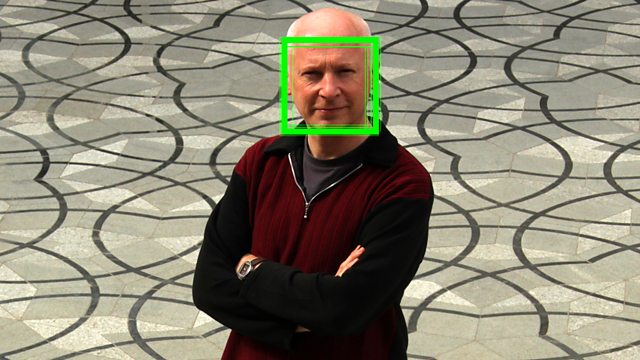The transportation problem and assignment problems are important problems, both practically and theoretically. They are simple without being trivial, and therefore are good problems on which to test new ideas about algorithmic methods.
I mentioned the fact that the Hirsch conjecture for the $n\times m$ Hitchcock transportation problem polytope states that no more than $m+n-1$ pivots should be needed to move between any two basic feasible solutions.
The diameter of a specific transportation polytope depends on the values of $n$, $m$, $s_i$s and $d_j$s, all integers. The Hirsch conjecture can be checked combinationally for small value of these. That has been done and the Hirsch conjecture has indeed been found to hold. (We allow pivot steps for which $\sum_{ij}x_{ij}c_{ij}$ does not decrease.)
A recent seminar on the subject is Kim's Transportation problem and the diameters of transportation polytopes (2015). Kim says that Hurkens has proved the upper bound $4(m+n-1)$. There is a folklore that Hurkens proved $3(m+n-1)$ in 2007, but this is in an unpublished paper. It is not hard to prove that the Hirsch conjecture holds for the special case $n=2$ and general $m$. I cannot recall whether or not it has been shown for $n=3$.
The assignment problem polytope has diameter 2 because every permutation is the product of two cycles, and applying a cyclic permutation to an assignment corresponds to a pivot step in the assignment problem. See On the assignment polytope, by Balinski and Russakoff.
The network simplex algorithm which we used in today's lecture to solve the transportation problem is not a polynomial time algorithm, but in practice it works very well. There do exist simplex-like pivoting algorithms for the transportation problem that run in polynomial time. I will explain next time a polynomial time algorithm for the special case of the assignment problem. This is the Hungarian algorithm, which solves the $n\times n$ assignment problem in time $O(n^3)$.
I mentioned the fact that the Hirsch conjecture for the $n\times m$ Hitchcock transportation problem polytope states that no more than $m+n-1$ pivots should be needed to move between any two basic feasible solutions.
The diameter of a specific transportation polytope depends on the values of $n$, $m$, $s_i$s and $d_j$s, all integers. The Hirsch conjecture can be checked combinationally for small value of these. That has been done and the Hirsch conjecture has indeed been found to hold. (We allow pivot steps for which $\sum_{ij}x_{ij}c_{ij}$ does not decrease.)
A recent seminar on the subject is Kim's Transportation problem and the diameters of transportation polytopes (2015). Kim says that Hurkens has proved the upper bound $4(m+n-1)$. There is a folklore that Hurkens proved $3(m+n-1)$ in 2007, but this is in an unpublished paper. It is not hard to prove that the Hirsch conjecture holds for the special case $n=2$ and general $m$. I cannot recall whether or not it has been shown for $n=3$.
The assignment problem polytope has diameter 2 because every permutation is the product of two cycles, and applying a cyclic permutation to an assignment corresponds to a pivot step in the assignment problem. See On the assignment polytope, by Balinski and Russakoff.
The network simplex algorithm which we used in today's lecture to solve the transportation problem is not a polynomial time algorithm, but in practice it works very well. There do exist simplex-like pivoting algorithms for the transportation problem that run in polynomial time. I will explain next time a polynomial time algorithm for the special case of the assignment problem. This is the Hungarian algorithm, which solves the $n\times n$ assignment problem in time $O(n^3)$.

